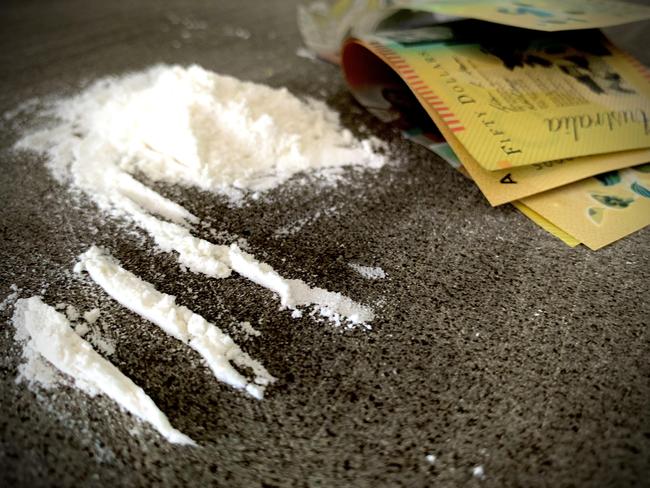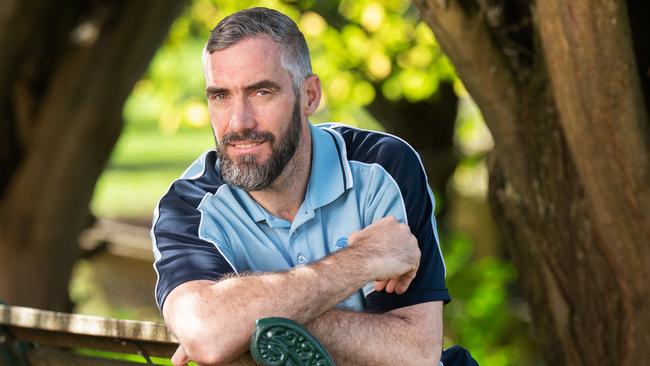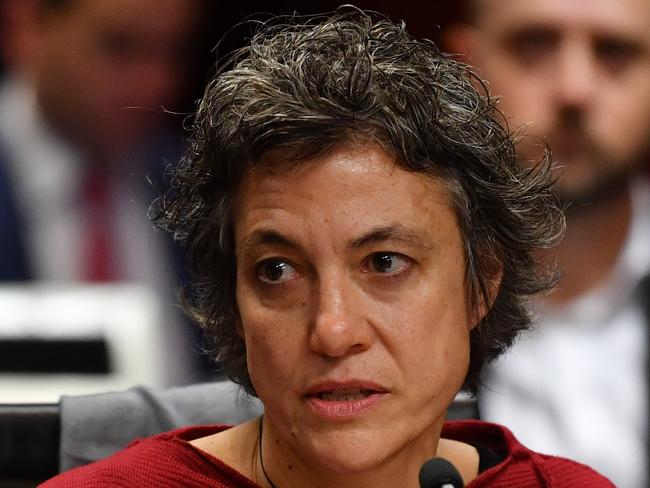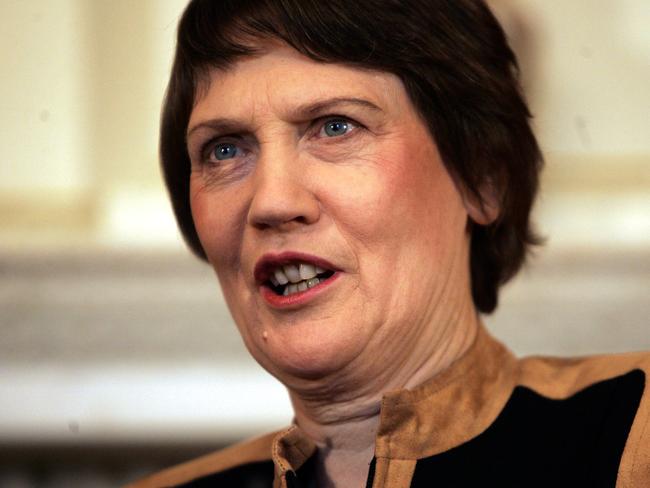One in every two Australians have tried illicit drugs and the face of an addict has changed
Australia has a problem with drug addiction with almost half the population having tried illicit substances, but when they try to seek help, it’s not there.
National
Don't miss out on the headlines from National. Followed categories will be added to My News.
Special investigation: Ordinary Australians, including teachers, tradespeople, pilots and police officers are the new face of drug addiction – and treatment cannot cope with the soaring demand.
Some services are treating addiction in children as young as 10, as the latest survey data shows nearly half the population have used an illicit drug at some time in their life.
Despite soaring substance use, an estimated half a million Australians are unable to access a treatment centre to deal with their addiction and demand for help has surged by 10-20 per cent since the pandemic.
Some people are waiting two to three months to access treatment and often relapse into drug use while waiting.

People battling addiction are being forced to raid their superannuation or travel overseas for help, with the cost of private treatment in Australia a staggering $20,000-$30,000 a month.
Five lives a day are lost to drug use — almost double the national road toll.
Addictions cost the Australian economy $80.3 billion in 2021, including $8.1 billion on healthcare costs, $12.9 billion on justice and law enforcement and $2.5 billion on social services according to a report by consulting firm KPMG and advocacy group Rethink Addiction.
Drug experts, managers of treatment centres and even health funds are pleading for state and federal governments to spend more on treatment facilities, including new models which allow people to detox at home.

Windana drug rehabilitation centre CEO Andrea McLeod said the profile of a substance user had changed and was no longer “people who have low economic status”.
“There’s a growing number of middle class who use who use substances. We just don’t see it because it happens behind closed doors,” she said.
“We recently had a phone call from somebody that had a 10-year-old using cannabis, alcohol, ice and GHB,” she said.
Twenty years ago, people in their 20s were the highest illicit drug users but, by 2019, it was people in their 40s, analysis of the 2019 National Drug Strategy Household Survey shows.
The survey also showed 43 per cent of Australians had tried drugs in their lifetime, including cannabis (7.6 million), ecstasy (2.6 million), cocaine (2.3 million) and methamphetamines (1.2 million).
Cocaine use in Australia has quadrupled in the past two decades.

John Hopper, who helps run the Betel Shalom addiction treatment centre outside Melbourne, said while some of those seeking treatment were from a lower socio economic or criminal background, “you also have lawyers or pilots or people that have made lots of money and had successful lives”.

The program director of Odyssey House in Sydney, David Kelly, said: “There’s an intersection with things like childhood trauma and adverse childhood experiences and some of the social determinants of health.”
For those unable to access help, the result can be tragic with nearly 2000 lives per year – five a day – lost to drug use.
Victorian Alcohol and Drug Association chief Sam Biondo said many of those deaths were linked to illicit use of legal medications like opioids.
Watch John Hopper’s story of beating addiction below.
A new government program that tracks how many opioid prescriptions are dispensed to individuals, called Safescripts, raised 1.2 million red flags in an initial two-year period.
Between a third and almost a half of presentations to the emergency departments of major inner city hospitals have some sort of relationship with substance use.
“It doesn’t mean that everyone is dependent or addicted, but it does mean that it (substance use) could be behind a car accident or violence that causes an injury,” St Vincent’s Hospital’s addiction expert Professor Nadine Ezard said.

Substance abuse also impacts people who don’t use drugs, with more than 2.2 million Australians suffering verbal and physical abuse or being put in fear by someone under the influence of illicit drugs.
Experts say treating drug use as a criminal problem rather than a heath problem has not worked.
“The experience of regulating drugs like tobacco and alcohol needs to be drawn on in devising bespoke regulation of the currently illicit drugs,” former New Zealand prime minister and chair of the Global Commission on Drug Policy, Helen Clark, told an international harm reduction conference in Melbourne this week.

The case for more spending on prevention and treatment is clear according to Rethink Addiction, which found for every dollar spent on addiction treatment, we save up to $7 and, for every dollar spent on harm reduction, we save up to $27.
NSW Health said there were approximately 765 drug and alcohol rehabilitation beds available throughout the state through government funded non-government organisations. There are also an additional 40 beds that are used for both withdrawal management and rehabilitation purposes, depending on need.
Nationally, around two in three treatment episodes are provided in a non residential treatment setting, the department said..
In the 2022-23 Budget, $353.5 million was committed towards alcohol and other drug programs in NSW.
Some of the $500 million in funding announced in response to the state’s ice inquiry will be allocated to new alcohol and other drug treatment services including services that can cater for dependent children as well as day rehabilitation and case management for parents.
NSW Health is also establishing more flexible services including access to virtual care and holistic care that integrates mental health care with addiction treatment.
“The NSW Government has also committed to hold a drug summit bringing together health and medical experts, police, drug user organisations, families, and other stakeholders to build consensus on the way NSW deals with drug misuse,” the department said.
If you or someone you know needs help please contact:
National Alcohol and Other Drug Hotline – phone 1800 250 015
SMART Recovery – smartrecoveryaustralia.com.au
Narcotics Anonymous – www.aa.org.au
More Coverage
Originally published as One in every two Australians have tried illicit drugs and the face of an addict has changed





